SGS Worldwide Certification News - 22002
State Radio Regulatory Commission of the People's Republic of China (SRRC) issued Notice No. [2021] No. 181 on December 6, 2021. From March 1, 2022, the operation frequency for vehicle radar is 76-79GHz. 24.25-26.65GHz will not be allowed.

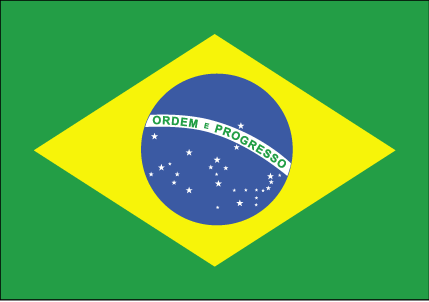 Brazil
Brazil
ANATEL published new ACT No. 237 and ACT No. 423
ANATEL has published ACT No. 237 on January 7, 2022, in which revokes the Act 6506 and updates testing procedures for restricted radiation radiocommunication devices. Main changes are as follows:
- Revokes Act 6506 (testing method/procedures)
- Test procedures and standard reference:
- WIFI 6E devices refer to FCC KDB 789033 D02 (Reference 3.15)
- Emitter-sensor level detection devices operating in the 76-81 GHz band refer to ETSI EN 302 729 V2.1.1 (Reference 3.12) and ETSI EN 302 372 V2.1.1 (Reference 3.13)
- Vehicle communication system devices refer to ETSI EN 302 571 V2.1.1 (Reference 3.11)
- LBE and FBE devices (Access sharing system) operating in the bands 5,150-5,350 MHz, 5,470-5,725 MHz, and 5,725-5,850 MHz refer to ETSI EN 301 893 V2.1.1 (Reference 3.10).
- Multigigabit wireless system operating in the band 57-71 GHz refer to ANSI C63.10 (Reference 3.5)
ANATEL has published ACT No. 423/202 on January 12, 2022, in which updates Act 14448 related to the technical requirements for the assessment of restricted radiation radiocommunication devices and includes new devices allowed in Brazil. Main changes are as follows:
- Body Scanning Emitter-Sensor for Security Application operating in the 76-81 GHz band for indoor use only
- Following equipment are not allow operation in the 57-64 GHz band:
- Equipment used in aircraft or satellites
- Field disturbance sensors, including vehicular radar systems, except when the field disturbance sensor is used in stationary applications or is used as an interactive motion sensor
- Broadband wireless access system for local network, following frequency bands are allowed:
Δ 5,150-5,350 MHz
Δ 5,470-5,725 MHz
Δ 5,150-5,350 MHz and 5,470-5,725 MHz
- 5,150-5,350 MHz for devices installed inside vehicles and trains
- UWB devices operating at 3,100-3,300 MHz and 3,700-10,600 MHz installed in vehicles
- Wireless Multigigabit System operating in the 57-71 GHz band in indoor or outdoor point-area applications (point-to-point, point-to-multipoint or multipoint-to-multipoint)
 China
China
SRRC will open vehicle radar standard
State Radio Regulatory Commission of the People's Republic of China (SRRC) issued Notice No. [2021] No. 181 on December 6, 2021. From March 1, 2022, the operation frequency for vehicle radar is 76-79GHz. 24.25-26.65GHz will not be allowed.
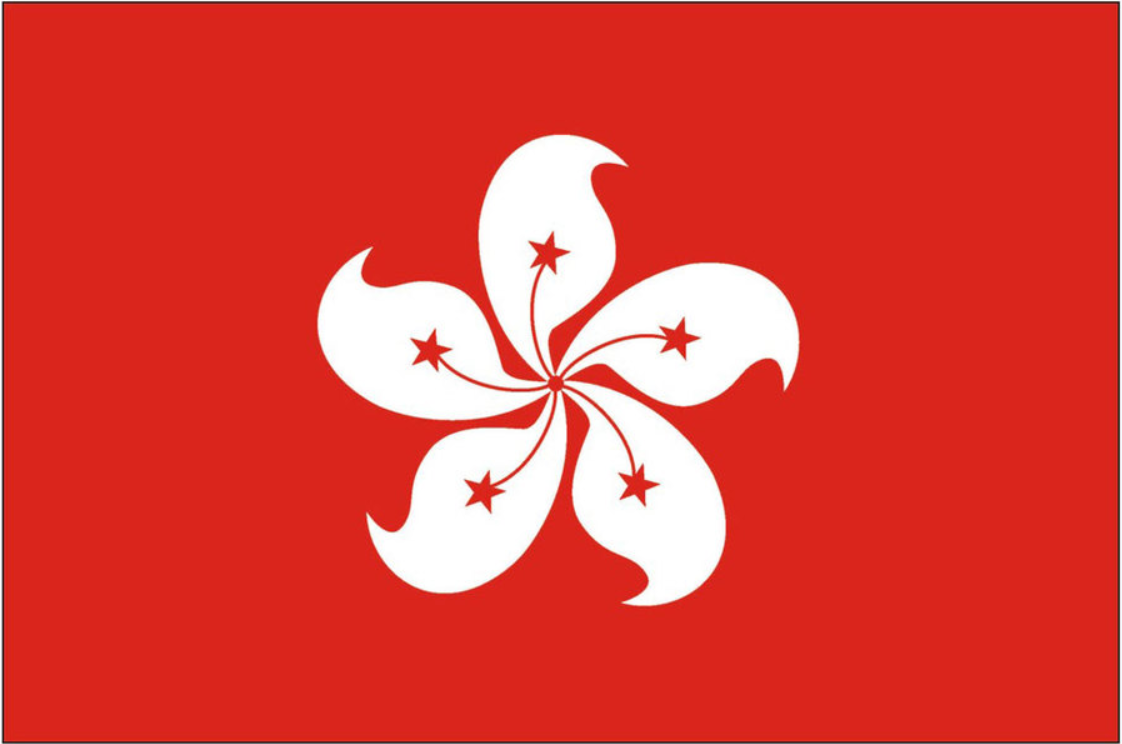 Hong Kong
Hong Kong
OFCA released new Type Acceptance Criteria
The Office of the Communications Authority (OFCA) in Hong Kong has released the following 6 new Type Acceptance Criteria:
- TAC002 - Type Acceptance Criteria for User Equipment for Use in Public Mobile Communications Services Employing CDMA Direct Spread (UTRA FDD) and/or Evolved Universal Terrestrial Radio Access (E-UTRA) Frequency Division Duplex (FDD) and Operating in the 850 MHz Band
- TAC007 - 5G New Radio Base Station Equipment Operating below 6GHz Band
- TAC008 - 5G New Radio User Equipment Operating below 6GHz Band
- TAC009 - 5G New Radio User Equipment for Interworking Operation with other radios
- TAC010 - 5G NR, E-UTRA, UTRA AND GSM/EDGE multi-standard radios (MSR) Base Station Equipment Operating below 6GHz
- TAC011-Active Antenna System Base Station Equipment Operating below 6GHz
 Indonesia
Indonesia
SDPPI raised the Domestic Component Level from 30% to 35%
To encourage the growth of the domestic telecommunications equipment industry, SDDPI issued regulation No. 13 (NOMOR 13 TAHUN 2021) on October 12, 2021, for 4G LTE or 5G NR Subscriber station devices to raise the Domestic Component Level from 30% to 35%. This change will enter into force from April 18, 2022.
 Malaysia
Malaysia
Requirements of the product marketing name (MMN) from MCMC
Malaysian Communications and Multimedia Commission (MCMC) has released announcement SQASI/CMCS/1/21/0007 which states the product marketing name (MMN) is one of the requisite information to be declared in the Type Approval application. As such, it shall be ensured that the product marketing name information is declared upon application submission and is available on the marketed product.
The marketing name information shall be traceable from at least one of the following objective evidences:
- Product Specification
- User Manual
- Product Brochure
- Product Marking (Please ensure that the marking is captured from actual sample of product to be marketed)
- Product Packaging
Nonetheless, SIRIM reserves the right to request additional evidence, including but not limited to the above-mentioned list.
Certificate holders who had their product certified without marketing name information may request the information to be added to the approved certificate with additional fee occurred. In case that a product is marketed under more than one marketing name, applicant shall submit the Multiple Marketing Name Declaration Form.
 Mexico
Mexico
IFETEL of Mexico published modification for PEC and new homologation guidelines
The guidelines now indicate that the IFETEL certificates which are not applied by perito, can be extended to affiliate, subsidiary or the potential importers. The guidelines will enter into force on June 27, 2022.
For the modification of PEC, the main points are as follows:
- Other importers are allowed to be added to the certificate by the main certificate holder.
- The test report was valid for 60 days, now it will be valid for 120 days.
- Due to confidential reason, it is not necessary to send the test report to IFETEL anymore unless IFETEL requests.
- Application for add new batch of Scheme B (Certification based on a model and its surveillance for more than one batch) will be carried out in document evaluation.
 Russia
Russia
EAEU requires copies of verified EAC CoC or DoC during importation
The Eurasian Economic Commission (EEC) published the decision No. 130 on November 12, 2021, in which indicates that starting from January 30, 2022, copies of EAC CoC or DoC must be verified with a seal and signature of the applicant (the certificate holder) or the manufacturer, and should be presented during product importation into EAEU; nevertheless, to avoid customs suspicion, it is suggested to present the copies which are verified by the applicant. In case of being requested, importers should also obtain a Power of Attorney (PoA) from the applicant and provide it to customs.
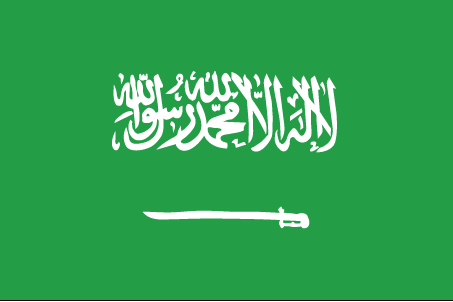 Saudi Arabia
Saudi Arabia
CITC established new WLAN regulations which has been enforced since 2022
The Saudi Arabia Regulator CITC established the document "WLAN Regulations" to replace the former version "Wireless Local Area Networks (WLAN/Wi-Fi) Usage Regulations” and the new regulation entered into force as of January 1, 2022.
According to the regulations, WLAN equipment shall be type approved by CITC prior to importation to the Kingdom and needs to conform with the technical conditions specified in table below; in addition, all equipment must adhere to CITC’s published technical specifications (Related post: Saudi Arabia CITC has updated the technical specifications of communications and information technology devices - SGS Taiwan). Users are permitted to operate WLAN equipment in allocated frequency bands on a license-exempt basis. Aside from the license-exempt use, CITC is permitting the use of WLAN Frequency Bands under the light licensing regime with more flexible technical conditions.
If CITC detects that a frequency use falls outside the terms of any authorized use, CITC will serve an enforcement notice requiring either immediate cessation of transmissions in the case of a serious deviation that could lead to harmful interference, or a correction within a given timescale for less serious deviations.
|
|||||||||||||||||||||||||||||||||||||||||||||||||||||||||||||
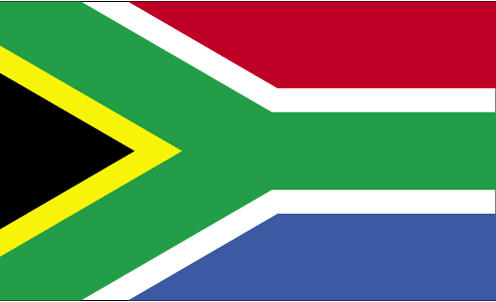 South Africa
South Africa
South Africa ICASA published amendment to The Radio Frequency Spectrum Regulations, 2015
ICASA South Africa launched a public consultation in 2019 on amendments to Annex B “Radio Apparatus exempt from radio frequency spectrum licenses” of the Radio Spectrum Regulations 2015.
After reviewing written submissions from stakeholders, ICASA amended the Annexure B of the Regulations on December 24, 2021, in which contains information such as maximum radiated power, field strength or sensitivity limits and relevant performance standard.
SABS is going to accept Non-A Lab ILAC Test Report
The South African Government Gazette published General Notice 751 on January 3, 2022, in which mentions SABS will accept EMC CoC applications with ILAC test reports, contrary to the current process which only accepts test reports issued by the A-Lab program. The effective date and application procedure are still under discussion, detailed information is expected to be revealed by SABS by April 1, 2022.
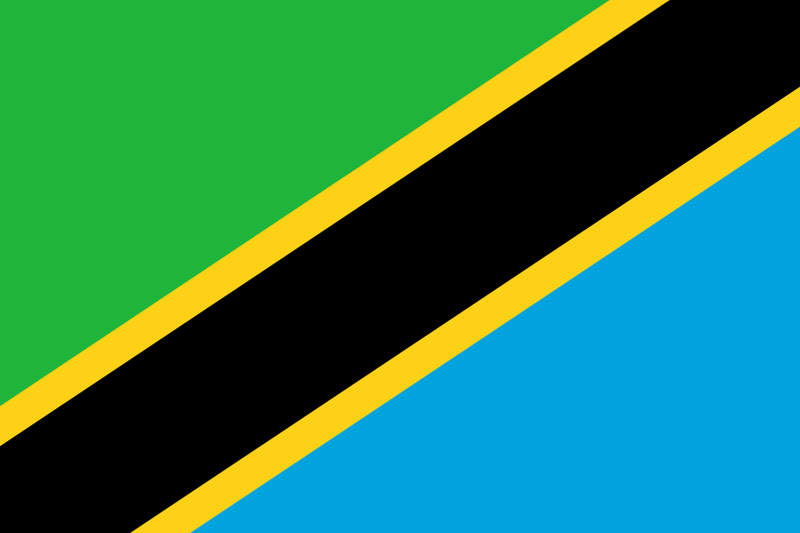 Tanzania
Tanzania
TCRA published minimum technical specifications for IoT devices
Tanzania Communications Regulatory Authority (TCRA) has published the Technical Specification TS012, regulating the minimum technical specifications of IoT devices (including the user equipment and base station). The main points are as follows:
- Regulate the general requirements for IoT devices, including power supply, power saving functionality, radiation safety, EMC, equipment safety, security, etc
- Regulate the RF requirements for User Equipment (UE) and Base Station (BS)
- Regulate the operating frequency as follows:
|
Downlink (DL)-BS Transmit/UE Receive |
Uplink (UL)-BS Receive/UE Transmit |
|
758 – 788 MHz |
703 – 733 MHz |
|
791 – 821 MHz |
832 – 862 MHz |
|
925 – 960 MHz |
880 – 915 MHz |
|
1,805 – 1,880 MHz |
1,710 – 1,785 MHz |
|
2,110 – 2,170 MHz |
1,920 – 1,980 MHz |
|
2,300 – 2,400 MHz |
2,300 – 2,400 MHz |
|
2,570 – 2,620 MHz |
2,500 – 2,570 MHz |
|
2,620 – 2,690 MHz |
2,570 – 2,620 MHz |
|
3,300 – 3,600 MHz |
3,300 – 3,600 MHz |
 Thailand
Thailand
NBTC updated technical standards of the radiocommunication equipment
NBTC officially announced following technical standards on November 26, 2021, and both standards have been effective since December 21, 2021.
- NBTC TS 1001-2564 Radiocommunication Equipment Used in Land Mobile Service in VHF/UHF Frequency Bands for Speech Communications
- NBTC TS 1024-2564 Radiocommunication Equipment Used in Land Mobile Service in VHF/UHF Frequency Band for Speech and/or Data Communications
With the advantages of global internet of technology and local service, SGS ITA dedicates to offering enterprises reliable and efficient worldwide certification service. In order to assist our valued customers in enhancing competitive edge, SGS ITA provides one-stop service to obtain worldwide certifications. Please contact your sales representative or us.
Giovanna Huang
 : +886 2 2299 3279 Ext. 1447
: +886 2 2299 3279 Ext. 1447 : Giovanna.Huang@sgs.com
: Giovanna.Huang@sgs.com
Disclaimer: This is a publication of SGS ITA team. SGS intends to assist you in quicker access to the global market by providing regulatory news of worldwide certification. Please properly cite the source whenever repost. The information contained herein is provided “as is” and SGS does not warrant that it will be error-free. In case of any discrepancy due to translations, the original source shall prevail.
